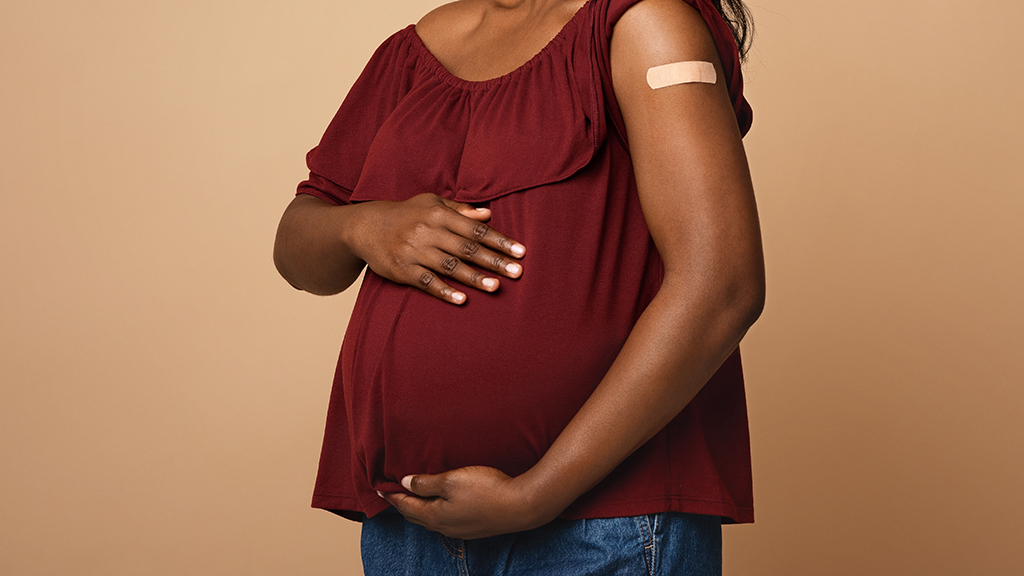Abstract
This three-part case study follows “Lucia” during her first pregnancy in making an informed decision about receiving an influenza vaccine while also analyzing factors that influence vaccine coverage amongst pregnant people. Students learn about the production and regulated use of three types of available influenza vaccines: inactivated, live attenuated, and recombinant vaccines. Questions direct students to analyze given information to identify which vaccine(s) are safe for Lucia to receive. Students then analyze the immune response to influenza vaccines and learn how it protects the pregnant person and the fetus, through passive immunity, from influenza viruses. In the course of her vaccine research, Lucia recognizes that other pregnant people may be hesitant to vaccinate. Through a health equity lens, students identify social determinants of health which affect decisions that pregnant people make when deciding whether to vaccinate. This case study was developed for undergraduate courses, especially those targeted to health sciences students. Suggested courses in which to teach this case study include microbiology, virology, or similar courses where viruses, vaccines, the immune response, or health equity are discussed.



